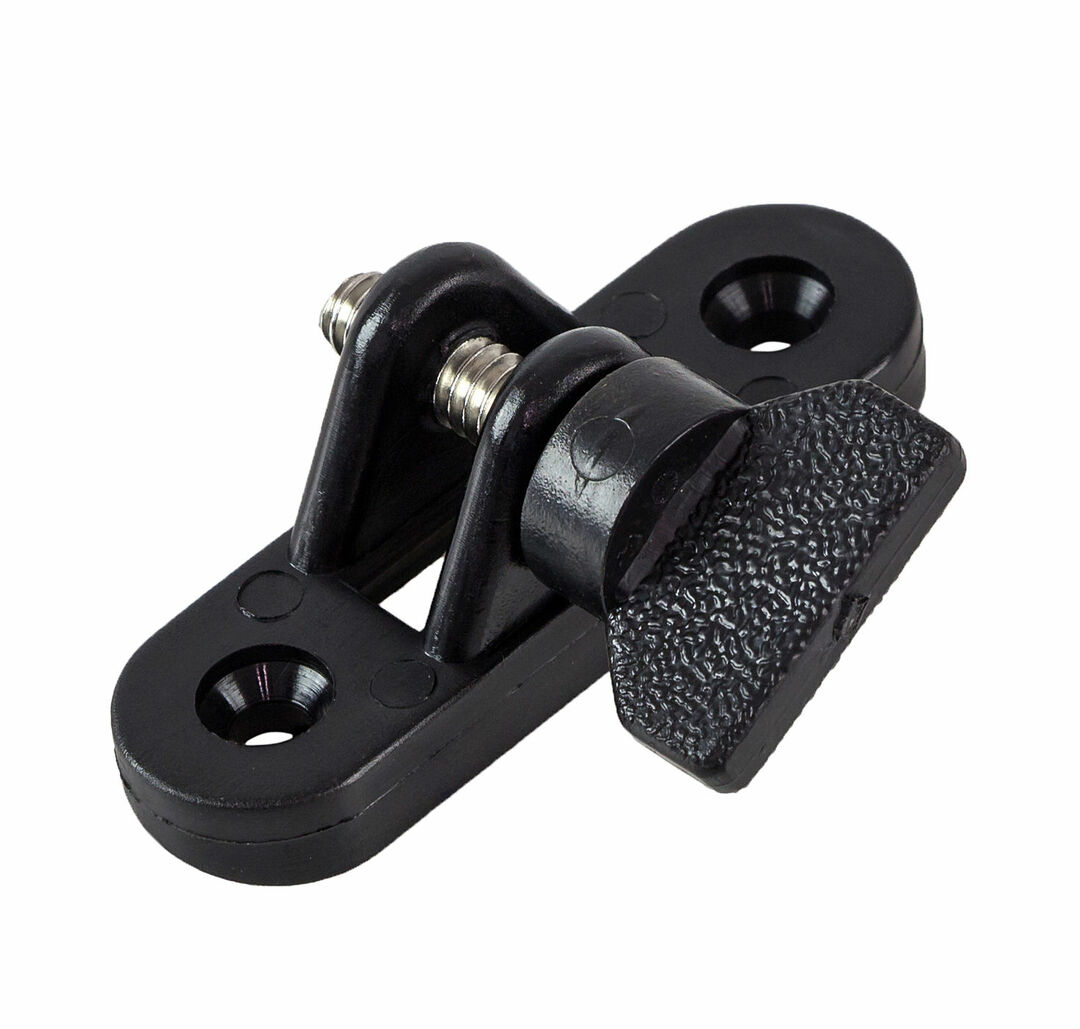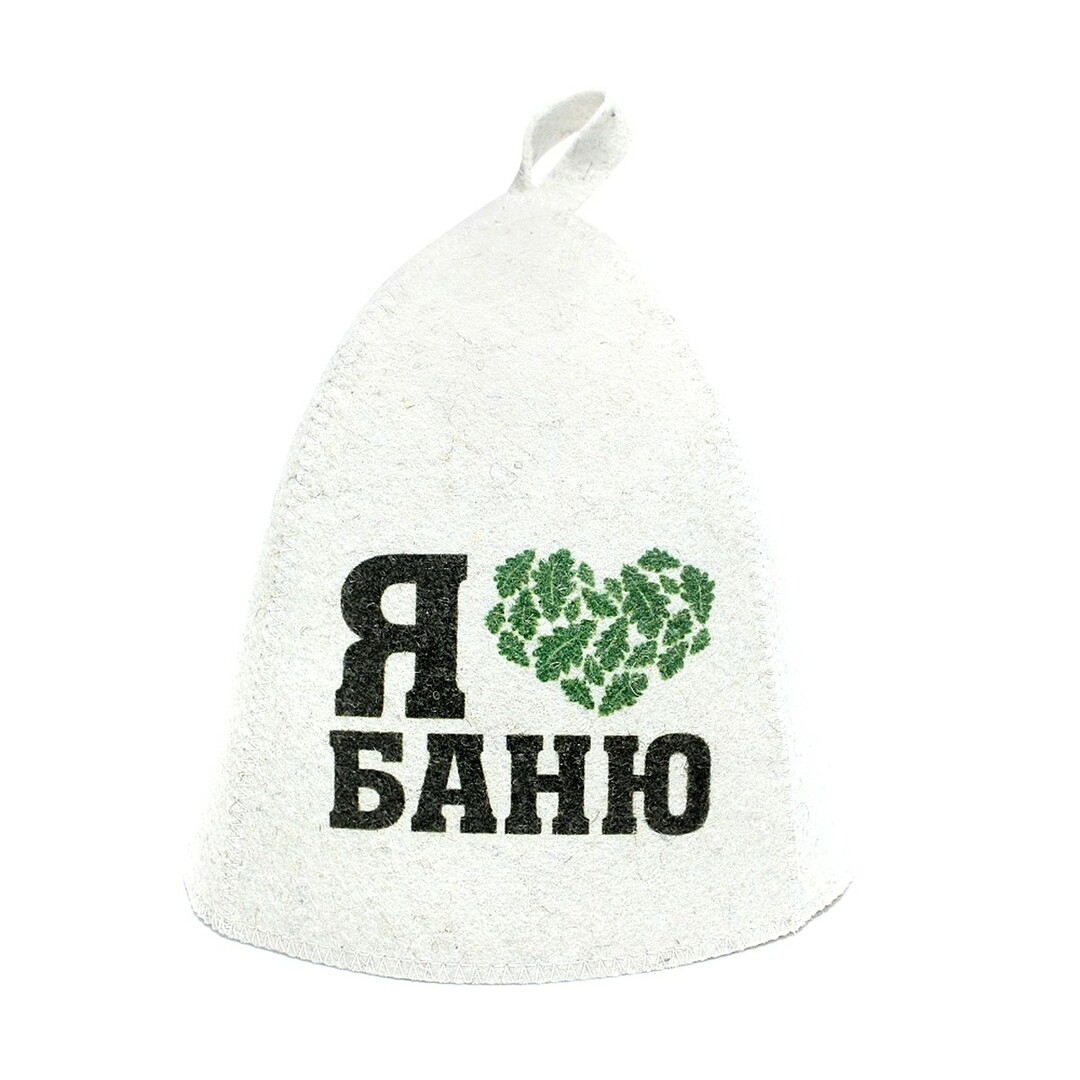The heat loss in the house - is not only a lack of comfort, but also money, leaving, quite literally, into the tube. That is why the question of thermal insulation must be addressed responsibly. If the apartment buildings a problem with warming rises sharply only in the angular apartments and rooms from the outside of the wall, in suburban homes, it can touch wall, floors and ceiling. The theme of this material in HouseShief - insulation of ceilings in the house with a cold roof. We explore the practical recommendations on how to make this work properly and efficiently, and will hold a master class for internal insulation.

Read article
- 1 Important aspects of work on warming
- 2 Variants of materials for thermal insulation of ceilings
- 2.1 Porous and fibrous thermal insulation
- 2.2 bulk thermal insulation
- 2.3 polymer insulation
- 3 How to choose insulation for ceilings
- 4 How to calculate the amount of insulation
- 5 Specificity of the inner and outer insulation
- 6 for ceiling insulation master class from the inside
- 7 Practice outside insulation of ceilings
Important aspects of work on warming
On the roof insulation should be considered more at the construction stage home. Correct insulation not only keeps you warm, but also affect the longevity of the building. Any temperature changes adversely affect the building materials.
roof cottages make warm and cold. Warm needed in the event that you have in mind to make a living attic or use the attic space for daily needs.

In all other cases, the roof structure is made of cold, but with the obligatory condition of insulation in the rooms. This will cost you a relatively low cost. Indeed, in this case, for the roofing will only truss system, steam, and roofing. The heat insulator is to be cover only the area of the attic floor.

Variants of materials for thermal insulation of ceilings
Can insulate ceilings in the construction process and even after its completion, when the house is already put into operation. Place thermal insulation can be inside or outside. According to experts, external insulation more effective, but there are situations when it is impossible, for example, do not have access to the attic, or a house for a long time and has built a cold attic.

More convenient to use the inside of plate insulators. For attaching them have to make a crate, to spread heaterAnd the new ceiling to sew plasterboardOr put tensile structures. Please note that this procedure will substantially reduce the height of ceilings in the room, so the internal insulation is used only as a last resort solution to the situation.
Important! Any work on warming does not have to be limited to a single plane of the ceiling. It is necessary to simultaneously insulate the walls and windows, and doorways. Only in this way can achieve the minimum heat losses.
And now about the kinds of heat insulators and their features:
Porous and fibrous thermal insulation
There are several types of fiber heatersTraditionally used for living quarters:
- Mineral wool. Sale slabs or rolls. Sometimes stone or slag. Stone wool is made from Gabra or diabase with an admixture of clay, limestone and dolomite. Tiny particles of stone linked synthetic resin. This resin contains phenolic compounds harmful to humans, so better to use such a material for the exterior.
- fiberglass. Variety of mineral wool. Cheap and effective insulation. For assembly work with it, use personal protective equipment: respirator, goggles and gloves.
- Ecowool. Environmentally safe material based on natural cellulose fibers. It includes also antiseptic additive and boric acid. Ekovatny insulation - non-flammable material in a fire it just smolders. This insulation is applied dry and wet.



bulk thermal insulation
Of bulk materials is the most popular concrete block. These are pieces of clay with numerous pores. It can be used for thermal insulation of ceilings, although its characteristics it is inferior to the same mineral wool. But this material does not burn, does not emit toxins and does not attract mice.

Many of the old-fashioned used for thermal insulation of sawdust. This method was successfully used even by our ancestors. This is perhaps the cheapest option. Sawdust can simply fill in the attic or by mixing with the clay or cement mix to fill this surface. Disadvantages of this method are obvious: Wood fire hazard, attracts insects and does not inhibit the movement of mice and rats.

polymer insulation
In the first place in popularity from synthetic polymers worth foam and its derivatives: expanded polystyrene and polyurethane foams. These materials are very light, so they can be mounted even without a frame, on spetskley.

They are not covered with mold, and do not attract beetles and ants, but very well-lit, giving off toxic compounds. Doing a mouse moves easily in the layer of such insulation.
Alternative embodiments may perform polystyrene plates Penoizol - liquid variant foam that is sprayed. In it, there are special additives and repellents mice protecting against fire.

In general, foams very effective as insulation, but we must remember that they do not leak air and give the greenhouse effect, which means that their installation is necessary to provide reliable ventilation system.
How to choose insulation for ceilings
The choice of insulation depends on several factors:
- If you wish to insulate ceilings on the outside, you can opt for the top-charging or mineral materials;
- for insulation from the inside, with high ceilings, it is possible to use fiber materials which are mounted on the frame;
- under standard ceilings and the need to use internal insulation, preferably insulation slab;
- If you have a health problem, use the most environmentally friendly ecowool;
- if your house is a good ventilation system - it is possible to insulate structure polymeric insulators.

How to calculate the amount of insulation
No universal formula for calculation. The fact is that every kind of insulation material has a coefficient of thermal conductivity. Furthermore, for the calculation must take into account the material of the ceiling, the design features roof and climatic specifics of the region.
coefficient of thermal conductivity is usually printed on the insulator, in addition, there is free access to tables showing the characteristics of different materials.

If you display totals for central Russia, for the efficient thermal insulation of ceilings require thermal insulation with a thermal conductivity of 0.24 W / m · K. This, for example, mineral wool thickness of about 15 cm.
If you doubt your ability to make accurate calculations, refer to the professionals. Produce the correct calculation will help you in the shops selling similar building materials.
Specificity of the inner and outer insulation
In practice, it is easiest to insulate ceilings on the outside. It is also more efficient than the inside. Remember that internal insulation "steals" the height of the ceilings. For example, if you want to use mineral wool, then you need at least 15 cm of space for the sheathing, insulation and sheathing. If you use foam boards, it takes only 5 cm, but they can play a significant role.

The last argument in favor of the external insulation - when there are no problems with the heat insulation of connecting points of the walls and ceiling. It can manifest itself here mold due to constant moisture condensation.
for ceiling insulation master class from the inside
If you have hardwood floors attic, the problems with fixing a heater will not. You can tie it screws metal profile through the segments directly to the skin. And only then, if it is expanded polystyrene, sheathe its plasterboard or other material for equalization.
The task is complicated, if the ceilings concreteAnd insulation fiber. In this case, the sequence of actions is as follows:
| Photo | Description |
 | Around the room fix metal profiles to the walls. Carefully make a layout that does not distort the future ceiling. |
 | Set the cross member with the distance of about 40 cm. Do not make the distance longer. Insulation will sag too large intervals. |
 | Secure cross hangers. Do not cut them. Then the extra ends will help further consolidate the insulation. |
 | Secure insulation by placing his profile and fixing hangers. Do not forget to use protective mask, gloves and goggles. |
 | Obsheyte ceiling sheets of drywall. Attach it with screws to a profile staggered. |
 | If you need to join the pieces of drywall, strengthen joints segments metal sheets. After that, you will just have to plaster the ceiling to the finish trim. |
Practice outside insulation of ceilings
External insulation is much simpler internal. In this case, the insulation is laid and poured between joists, and the more you do not have to worry. Slightly more complicated is the process of sheet insulation material mounting. Read more about it in this video from practice:
What conclusions can be drawn from the above? If you have a choice - it is better Insulate ceilings outside, not the inside. Using for this purpose materials that do not attract unwanted "guests" and do not support combustion.
For interior use skeleton mount, if there is stock height ceilings. If there is no margin - preferably selected plate heat insulation, which can be attached with glue and screws without carcass.
We welcome your comments and tips!



